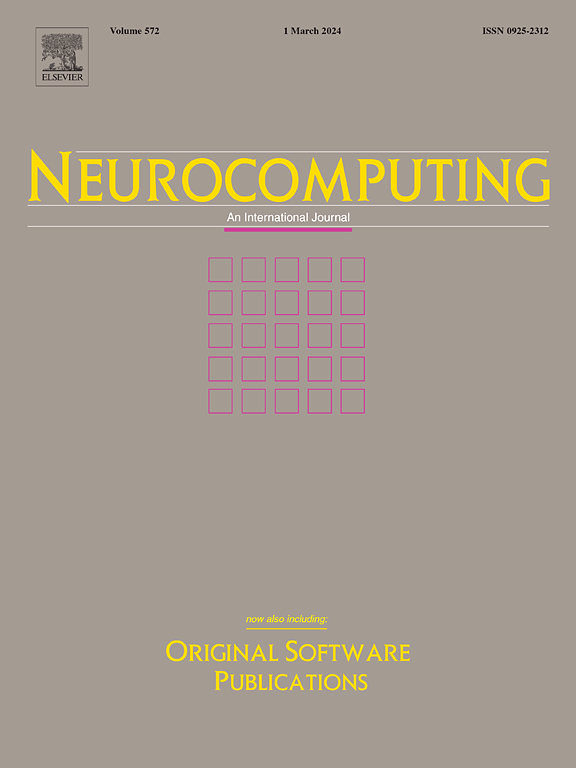MLC-DTA: Drug-target affinity prediction based on multi-level contrastive learning and equivariant graph neural networks
IF 5.5
2区 计算机科学
Q1 COMPUTER SCIENCE, ARTIFICIAL INTELLIGENCE
引用次数: 0
Abstract
With the development of computer-aided drug design in the field of pharmaceutical research, drug-target affinity (DTA) prediction is of great significance for compound screening and drug development. Recent studies have widely adopted deep learning techniques for DTA prediction, focusing on feature extraction from sequences and graph structures. Despite progress, these methods often overlook interaction relationships at the network level. Moreover, graph-based molecular representation methods relying on graph neural networks (GNNs) fail to incorporate 3D molecular structural information, limiting their potential for DTA prediction. To overcome these issues, we propose MLC-DTA, a computational method specifically designed for drug-target affinity prediction tasks. MLC-DTA uses equivariant graph neural networks to extract the structural features of drugs and targets, retaining the geometric equivariance of proteins while capturing the specific structural information of drug molecules. In addition, it integrates the interaction relationships between drugs and targets to obtain the network-level features, understanding the DTA interactions from multiple perspectives of molecules and networks. Finally, a contrastive learning strategy is introduced to maximize mutual information at both the molecular and network levels, thereby improving the prediction performance. Comparative experiments and case analyses on two datasets show that MLC-DTA has a significant improvement in accuracy.
求助全文
约1分钟内获得全文
求助全文
来源期刊

Neurocomputing
工程技术-计算机:人工智能
CiteScore
13.10
自引率
10.00%
发文量
1382
审稿时长
70 days
期刊介绍:
Neurocomputing publishes articles describing recent fundamental contributions in the field of neurocomputing. Neurocomputing theory, practice and applications are the essential topics being covered.
 求助内容:
求助内容: 应助结果提醒方式:
应助结果提醒方式:


